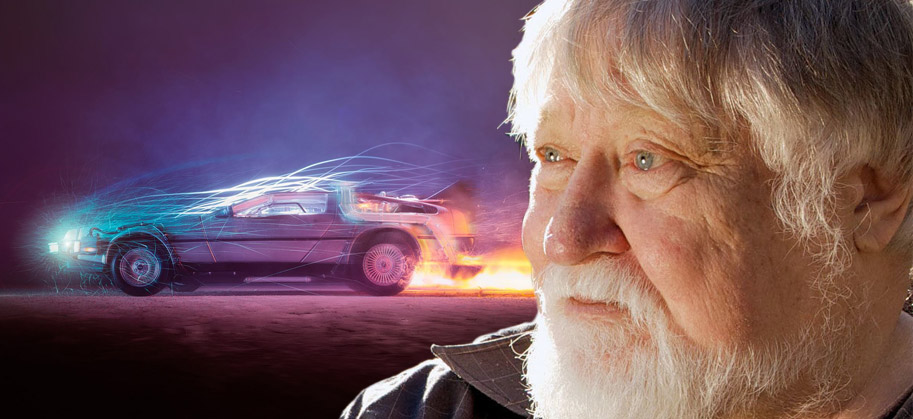
As 2020 continues to suck in ways that few could have ever predicted we've recently learned that Ron Cobb, the legendary cartoonist turned production designer whose work influenced films like ALIEN, BACK TO THE FUTURE, and CONAN THE BARBARIAN, has passed away. He was 83.
Cobb passed on Monday – his birthday – of Lewy body dementia, the same affliction that plagued the late Robin Williams before his 2014 death. For those that are unfamiliar with the disease, Lewy Body Dementia, happens when abnormal structures, called Lewy bodies, build up in areas of the brain. The disease may cause a wide range of symptoms, including changes in alertness and attention, hallucinations, problems with movement and posture, muscle stiffness, and confusion. (via dementiasociety.org)
Among his many contributions to some of Hollywood's most famous films, Cobb created several cantina creatures for Star Wars (1977) and even designed sets and weaponry for Conan the Barbarian. He was also responsible for the unmistakable exterior and interior of the Nostromo ship in Alien (1978) as well as the earth colony complex in Aliens (1986). Back to the Future fans will know Cobb as the man who came up with Doc Brown's time-traveling DeLorean, while others are likely to hail him as the visionary who designed the interior of the Mothership and the stranded tanker in Close Encounters of the Third Kind (1977). Oh, but the limits of Cobb's contributions don't stop there. He also created the breathing tanks and helmets in The Abyss (1989), the Omega Sector logo and the H bombs in True Lies (1990), and the vehicles of The Last Starfighter (1984). (via THR)
Cobb's storied career began at Disney when he was just 17 years of age and filling the role of an "inbetweener" animator on Sleeping Beauty (1959). In time, Cobb earned much respect from his fellow creators as an editorial cartoonist for underground newspapers. As publications continued to dig his radical approach to cartooning, his work became syndicated in more than 80 newspapers across America, Europe, Asia, and Australia.
"I'm fascinated with man in stress situations, I'm fascinated with man at a crisis," he explained to a student newspaper in 1972. "So I love to create artificial crises because I think that rather than making a timid, harmless point with a cartoon, I would much prefer to draw someone into a situation where they have to say … 'Yeah! That could happen!' or 'Yeah! … What would I say if that did happen?' — where they have to react."
Later in his career, Cobb landed a job working on John Carpenter's feature directorial debut, Dark Star (1974), which had been written by Dan O'Bannon. Shortly thereafter, Cobb and O'Bannon teamed once again for the making of Ridley Scott's Alien (1977). That job saw Cobb submitting conceptual paintings to H.R. Giger, who then transformed their collective vision into Alien's iconic sci-fi horror scape.
"We had seen his drawings and we were all a bit worried about what this German (sic) surrealist was going to be like when he showed up on set," Cobb had shared. "But Hans Ruedi Giger was nothing like the monsters he drew. He was very theatrical, dressing all in black and very Gothic, but he was a sweet, funny man."
Fun Fact: It was indeed Cobb who suggested that Xenomorph blood be acid-like and corrosive, making them a more formidable foe for the humans featured throughout the franchise.
With regard to Back to the Future, it was Cobb's idea to make Doc Brown's time machine look homemade. The idea was that Doc had somehow cobbled the device together using parts from Radio Shack and retailers of the like, as a way of conveying the character's ingenuity and knowhow to audience members.
We here at JoBlo would like to extend our sincere condolences to Mr. Cobb's family, friends, and fans. His contributions to some of the most iconic films in our history will be celebrated for generations to come, and we wish him safe travels to the Great Hereafter.






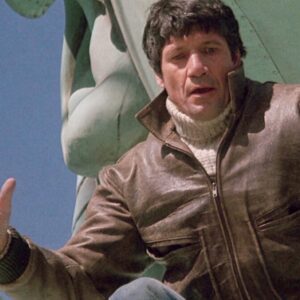
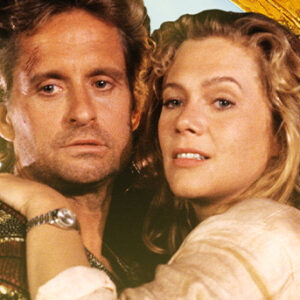
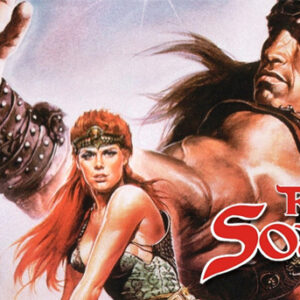
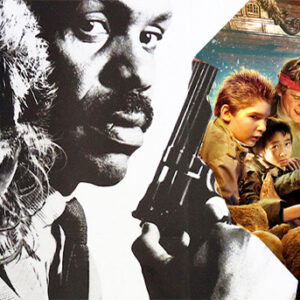










Follow the JOBLO MOVIE NETWORK
Follow us on YOUTUBE
Follow ARROW IN THE HEAD
Follow AITH on YOUTUBE